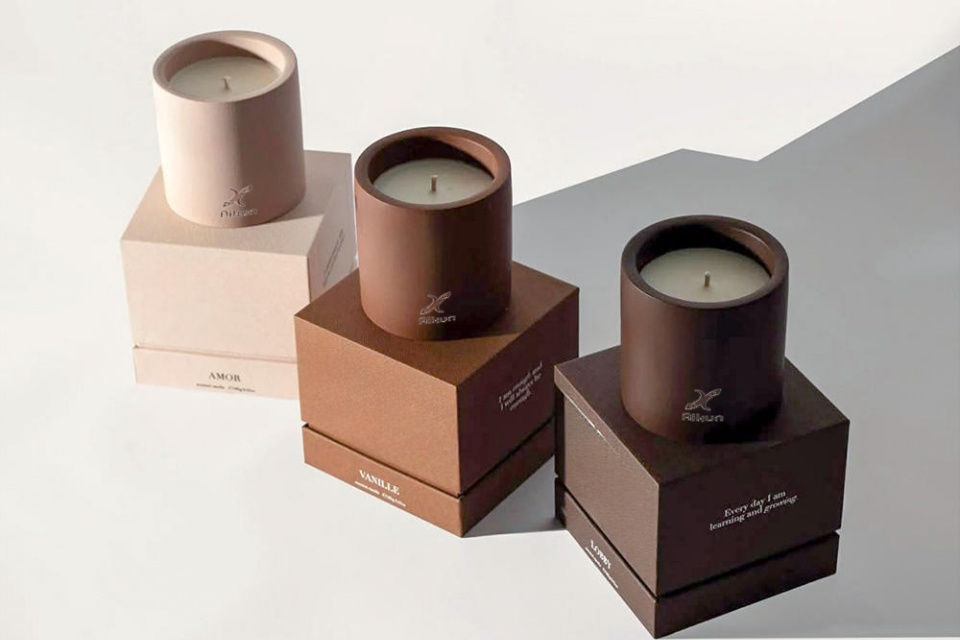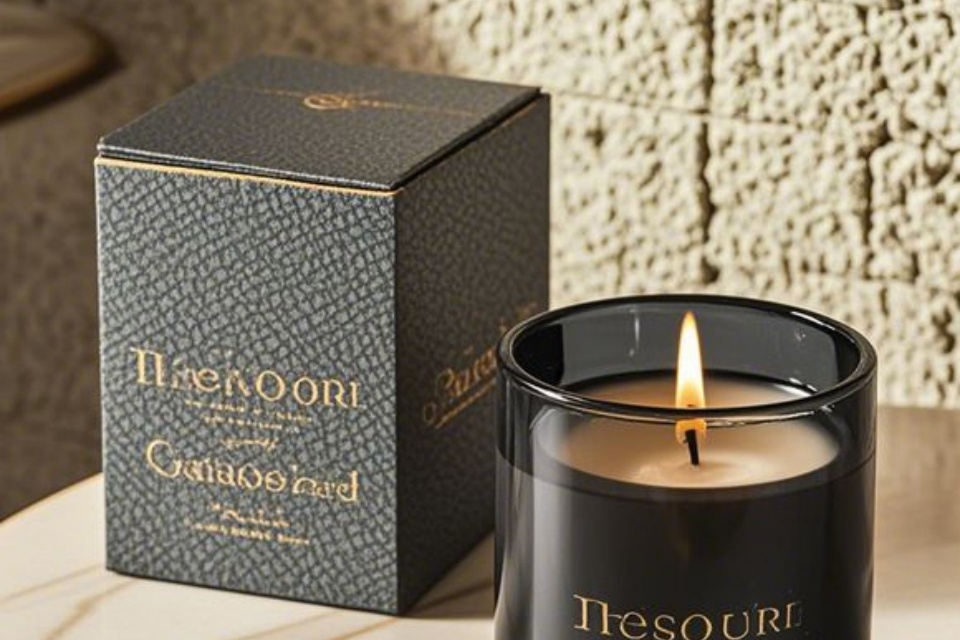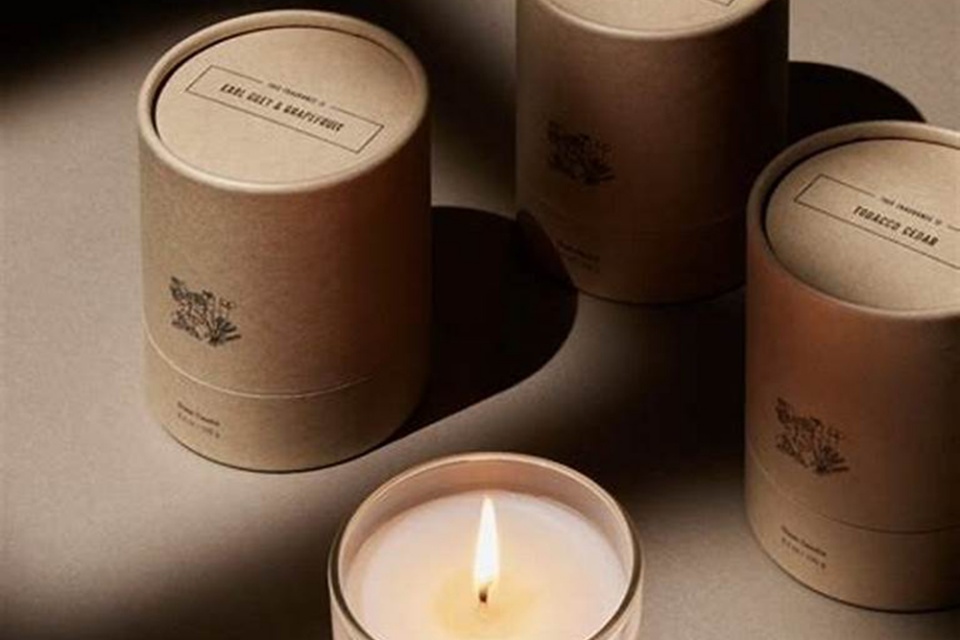Eco-Friendly Candle Packaging
Eco-Friendly Candle Packaging
Summary
Eco-friendly candle packaging refers to the use of sustainable materials in the production of candle containers and accessories, aimed at reducing environmental impact and promoting responsible consumption. As awareness of environmental issues grows, consumers increasingly seek products that reflect their eco-conscious values, driving a shift in the candle industry towards sustainable packaging solutions. This transition is notable not only for its impact on consumer behavior but also for its potential to mitigate pollution and waste associated with traditional packaging methods.
The materials commonly used in eco-friendly candle packaging include recyclable and biodegradable options such as kraft paper, plant-based materials, and biodegradable plastics. These materials serve to minimize landfill contributions and reduce reliance on virgin resources, supporting a circular economy. Innovative designs, such as reusable cloth packaging and minimalist aesthetics, further enhance the functionality and appeal of eco-friendly candle products, catering to both environmental concerns and consumer preferences for convenience and style.
Despite its benefits, the adoption of eco-friendly candle packaging faces challenges, including higher production costs and the need for reliable sourcing of sustainable materials. Brands must navigate these challenges while also adhering to regulatory standards and evolving consumer expectations for transparency and quality in their sustainability efforts. As a result, companies are increasingly investing in partnerships with eco-conscious suppliers and exploring advanced printing techniques that allow for custom designs without compromising environmental values.
Ultimately, the move towards eco-friendly candle packaging not only addresses immediate environmental concerns but also aligns with broader sustainability goals, enhancing brand loyalty and consumer trust in a marketplace increasingly defined by eco-awareness. As the industry continues to innovate, the integration of sustainable practices into packaging strategies remains a pivotal focus for candle manufacturers seeking to resonate with modern consumers.
Materials Used
Eco-friendly candle packaging is primarily composed of renewable, recyclable, and biodegradable materials that aim to minimize environmental impact while providing functional protection for the products. Various innovative materials are utilized in the creation of sustainable candle packaging, reflecting a growing consumer demand for eco-friendly solutions.
Sustainable Materials
One of the prominent materials used in eco-friendly candle packaging is kraft paper, known for its durability and recyclable properties. Kraft paper is often utilized in the form of tubes or boxes, offering a lightweight yet strong solution that can be customized to align with a brand's aesthetic and message. This type of paper packaging not only protects the candles but also appeals to environmentally conscious consumers by reducing landfill waste and conserving natural resources. Additionally, plant-based materials such as cornstarch and cellulose are gaining traction in the packaging industry. These biodegradable materials break down naturally, resulting in less waste accumulation and minimal environmental harm. Companies are also beginning to incorporate plant-based inks and water-based coatings into their packaging designs, further enhancing the sustainability of the products.
Biodegradable Options
Biodegradable and compostable packaging options are increasingly favored by candle manufacturers as they provide a cleaner alternative to traditional plastic packaging. Materials such as potato starch, organic binders, and natural dyes can be used to create containers that decompose within a short time frame, effectively reducing pollution and landfill burden. These containers are designed to house candle refills made from 100% vegetable wax, often sourced from organic European rapeseed, ensuring that both the packaging and the product are eco-friendly.
Recyclable and Customizable Materials
Many brands now opt for recyclable cardboard or paperboard materials due to their robust nature and compatibility with various printing techniques. Recycled paper packaging plays a crucial role in environmental protection by minimizing air pollution associated with deforestation and reducing overall waste. The ability to customize these materials with brand logos and colors allows businesses to maintain their identity while promoting sustainability, making them appealing to consumers who prioritize eco-consciousness in their purchasing decisions.
Benefits of Eco-Friendly Candle Packaging
Eco-friendly candle packaging offers a multitude of advantages, both for brands and consumers, that extend beyond mere aesthetics. The growing demand for sustainable practices has encouraged candle manufacturers to adopt eco-friendly materials, which not only reduce environmental impact but also enhance brand value and customer loyalty.
Environmental Impact
One of the primary benefits of eco-friendly packaging is its positive effect on the environment. Traditional packaging materials, such as plastic, contribute significantly to landfill waste and pollution, harming wildlife and disrupting natural ecosystems. In contrast, eco-friendly options, including recycled cardboard, biodegradable plastics, and plant-based fibers, help minimize pollution and waste accumulation. By utilizing materials that are renewable, recyclable, and compostable, brands can significantly reduce their carbon footprint and support a circular economy.
Consumer Appeal and Brand Value
As consumers become increasingly environmentally conscious, they actively seek products that align with their values. Brands that incorporate sustainable practices into their packaging can attract these eco-aware customers and foster loyalty. Eco-friendly packaging not only meets consumer demands but also enhances the brand image by showcasing a commitment to sustainability and ethical practices. Studies indicate that consumers are willing to pay a premium for products that feature sustainable packaging options, thus directly contributing to increased sales and market share for eco-conscious brands.
Enhanced Customer Experience
Incorporating user-friendly features into eco-friendly candle packaging can further improve the overall customer experience. Innovations such as easy-open designs, resealable options, and compartments for accessories enhance usability and convenience. When brands focus on practical solutions that cater to consumer needs, they create a positive impression that encourages repeat purchases and fosters brand loyalty.
Long-Term Sustainability
The transition to eco-friendly packaging not only addresses immediate environmental concerns but also supports long-term sustainability goals. By reducing reliance on virgin materials and implementing energy-efficient production processes, candle manufacturers can help conserve natural resources and decrease greenhouse gas emissions. This holistic approach to sustainability underscores the importance of responsible production and consumption in the candle industry.
Challenges and Considerations
Sourcing Sustainable Materials
One of the primary challenges in eco-friendly candle packaging is sourcing consistent and high-quality sustainable materials. While there is a growing demand for eco-friendly options, not all suppliers can guarantee the same level of quality or availability of materials like recycled paperboard or biodegradable plastics. This inconsistency necessitates the establishment of robust supplier networks and often involves planning and securing long-term contracts to maintain packaging continuity.
Balancing Cost with Environmental Value
Eco-friendly materials typically come with higher upfront costs compared to conventional packaging options. However, many brands find that the long-term value—enhanced brand equity, increased customer loyalty, and compliance with environmental regulations—justifies the investment in sustainable packaging solutions. Brands must carefully calculate the total lifecycle costs associated with their packaging choices to realize the full benefits of their sustainability efforts.
Meeting Regulatory Standards
As regulatory pressures increase, particularly with bans on single-use plastics and new environmental guidelines, brands must navigate a complex landscape of compliance and certification requirements. Obtaining recyclable material certifications is essential to demonstrate a commitment to sustainability and to build consumer trust. This process requires adherence to stringent criteria set by recognized environmental bodies, which can be resource-intensive.
Evolving Consumer Expectations
Today's consumers are increasingly aware of environmental issues and expect brands to align with their sustainability values. This shift in consumer preferences requires brands to be transparent about their sourcing and manufacturing processes. Brands need to effectively communicate the ecological benefits of their products, tying them to personal consumer values to foster loyalty and drive purchasing decisions.
Innovative Packaging Design
Incorporating eco-friendly materials into attractive packaging designs poses a creative challenge. Brands must balance aesthetic appeal with functionality, ensuring that packaging not only protects the product but also resonates with consumers' environmental concerns. This might include using minimalist designs, earthy tones, and high-quality graphics that reflect a commitment to sustainability while still engaging the customer emotionally.
Long-term Sustainability Strategy
Brands must adopt a comprehensive sustainability strategy that includes material selection, supplier partnerships, and consumer engagement. Collaboration with eco-friendly suppliers, exploring refillable systems, and investing in recyclable packaging are crucial steps towards achieving long-term sustainability goals. By aligning their packaging strategies with broader environmental initiatives, brands can enhance their market position while contributing positively to the planet.
Innovations in Eco-Friendly Candle Packaging
Sustainable Materials
The candle industry is increasingly adopting eco-friendly materials to meet consumer demand for sustainable packaging. Options such as recycled paperboard, biodegradable plastics, and plant-based fibers are being utilized for custom candle boxes. These materials not only reduce reliance on virgin resources but also contribute to a circular economy by being recyclable or compostable, thereby minimizing environmental impact.
Advanced Printing Techniques
Technological advancements in printing have transformed candle packaging, enabling manufacturers to create unique and eye-catching designs. Digital printing technologies, including inkjet printing and UV spot varnishing, allow for intricate packaging designs that enhance product visibility on shelves. Additionally, innovations in digital printing can reduce costs and waste compared to traditional methods, positioning brands to respond more effectively to market trends.



